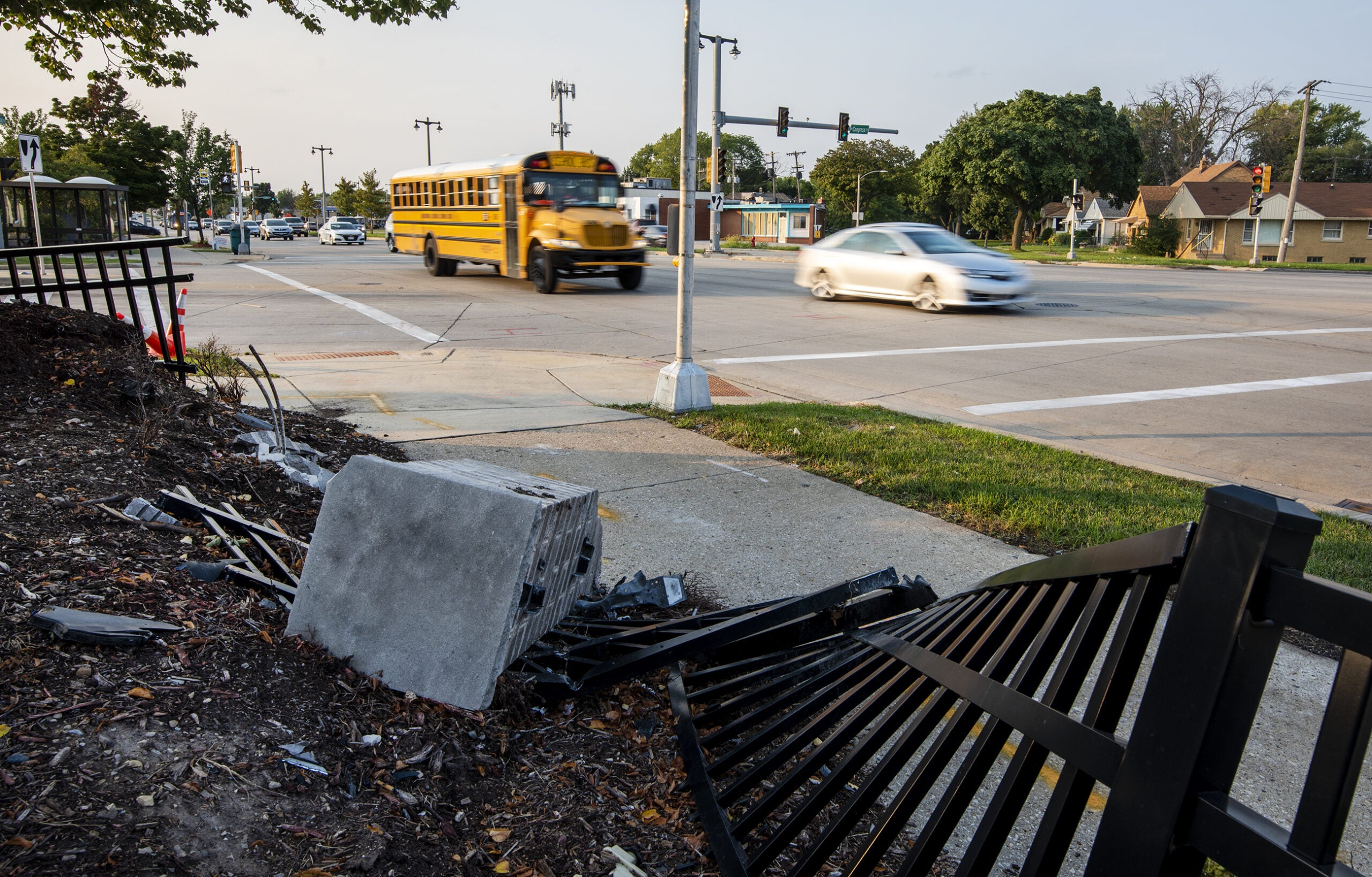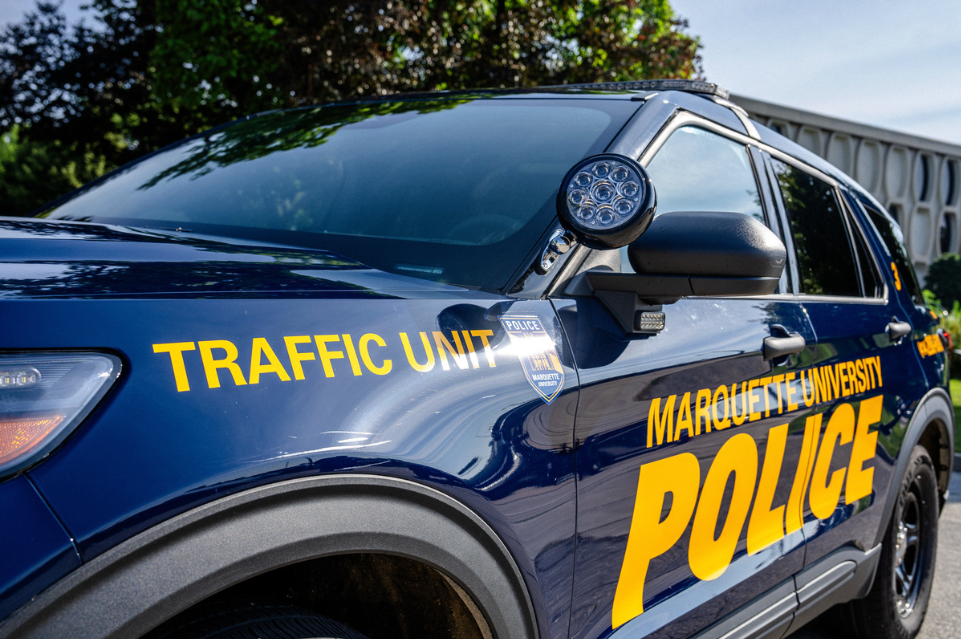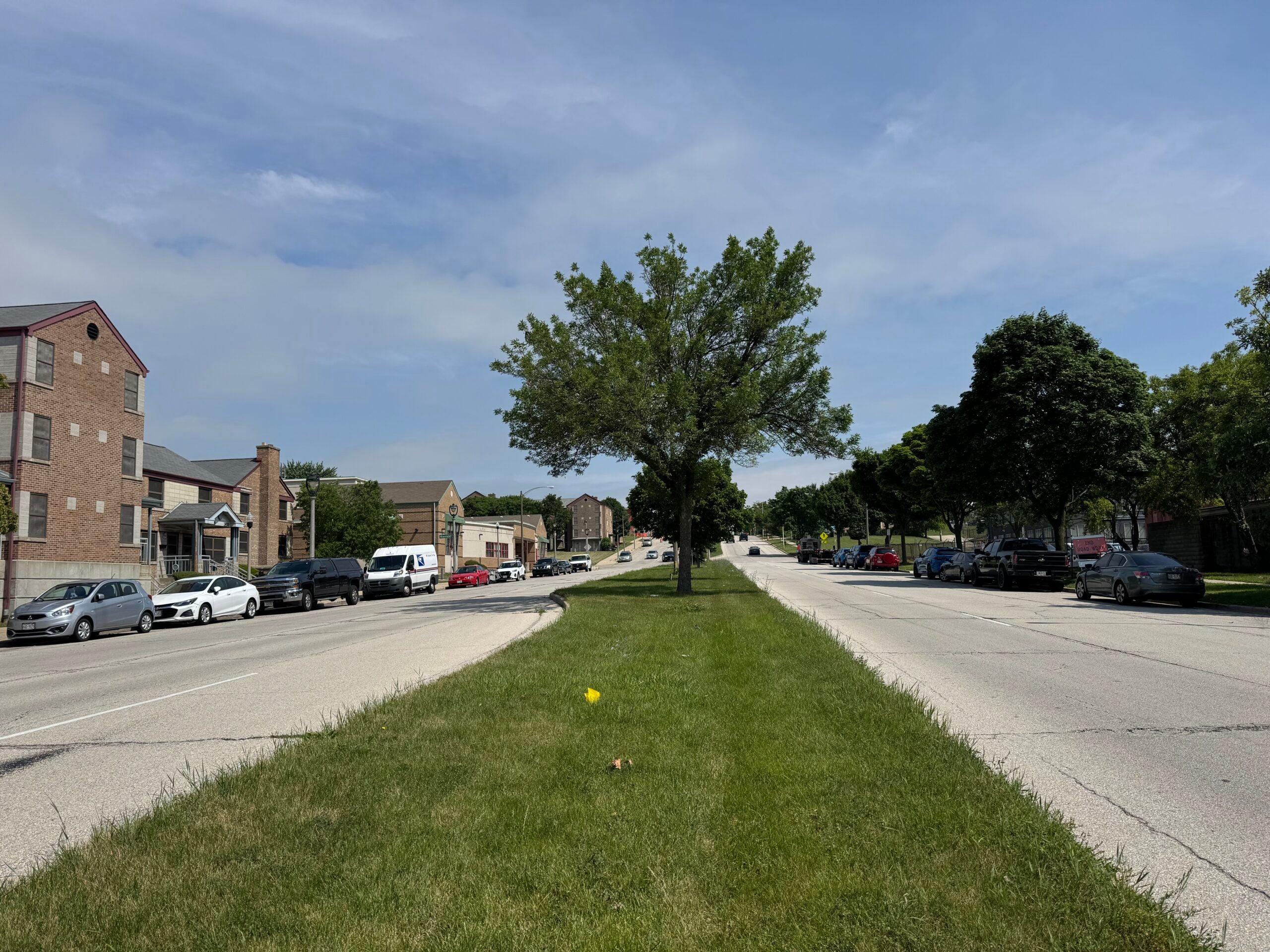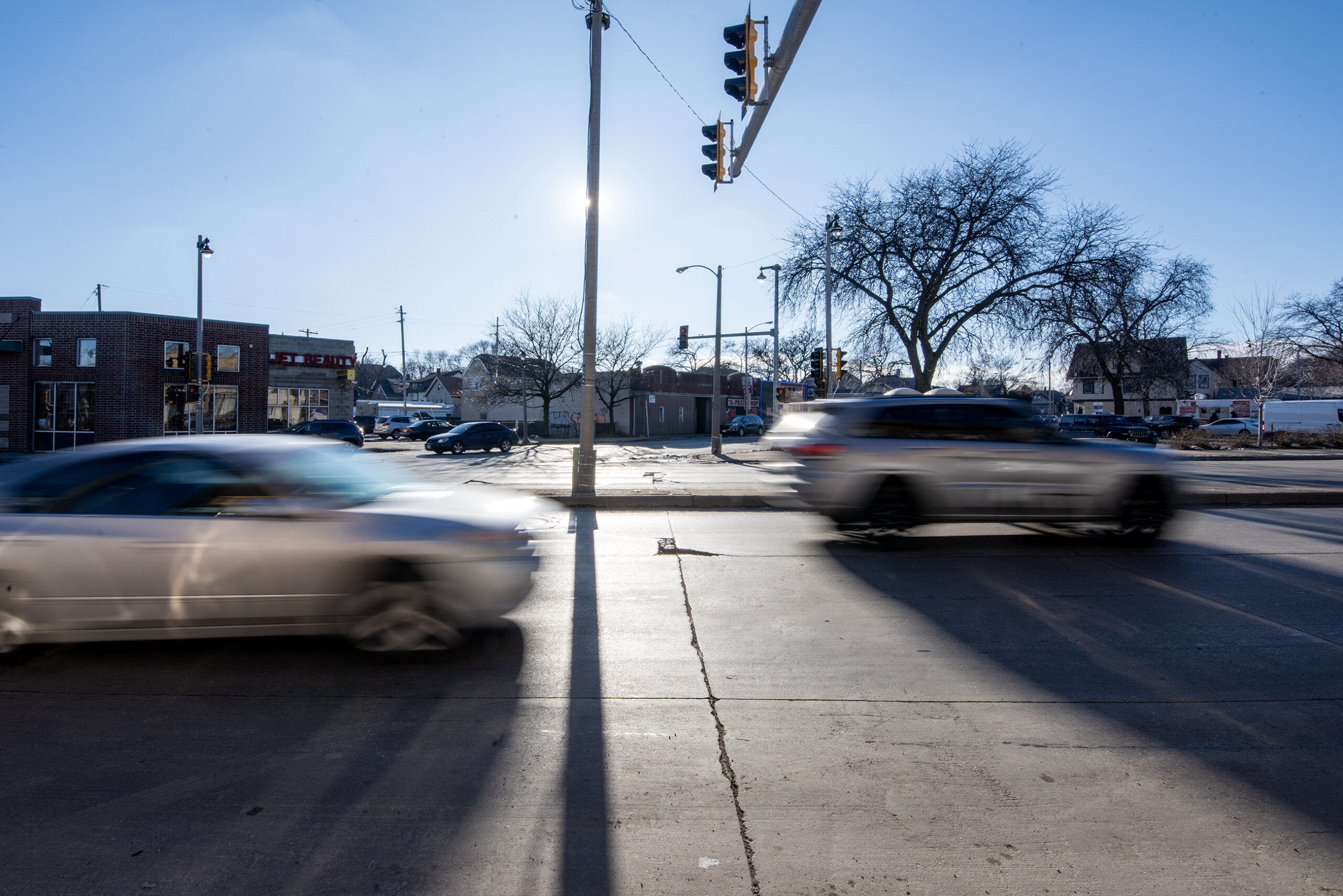Eight Wisconsin communities have received an influx of federal funds to help improve street safety at a time when pedestrian deaths are increasing across the state.
The U.S. Department of Transportation’s Safe Streets and Roads for All program, funded through the Bipartisan Infrastructure Law, recently awarded over $11 million to eight different communities across the state. Madison received the largest sum of funds — $6.3 million — for safety improvements across 14 different projects throughout the city.
“It’s really going to allow us to kind of accelerate our work on making our streets safer and implementing our vision zero plan,” said Renee Callaway, the pedestrian bicycle administrator for the city of Madison.
News with a little more humanity
WPR’s “Wisconsin Today” newsletter keeps you connected to the state you love without feeling overwhelmed. No paywall. No agenda. No corporate filter.
Milwaukee also got $4 million, which will be used for street redesign, traffic-calming projects, updates to bike infrastructure and transit improvements, according to a news release from the city.
“We are making significant changes to our streets so that pedestrians, bicyclists and automobile occupants are safer,” Milwaukee Mayor Cavalier Johnson said. “This federal Safe Streets grant will advance our work.”
Milwaukee has been spending millions of dollars to help curb reckless driving, an issue that has plagued residents for years. Meanwhile, pedestrian deaths in Wisconsin increased by 50 percent from 2021 to 2022, according to preliminary data released in a report by the Governors Highway Safety Association.
Milwaukee, Madison have several plans for the funds
The funds from the federal program will help Milwaukee accelerate projects the city has already implemented, according to Mike Amsden. He’s the multi-modal planning manager for the Milwaukee Department of Public Works and said traffic safety is of “upmost importance.”
“Really, we want to re-imagine our streets as places for people to be able to utilize and enjoy using the streets,” Amsden said. “It (federal funds) addresses the traffic safety issue while also allowing us to experiment with ways to make our streets more accommodating and inviting and vibrant.”
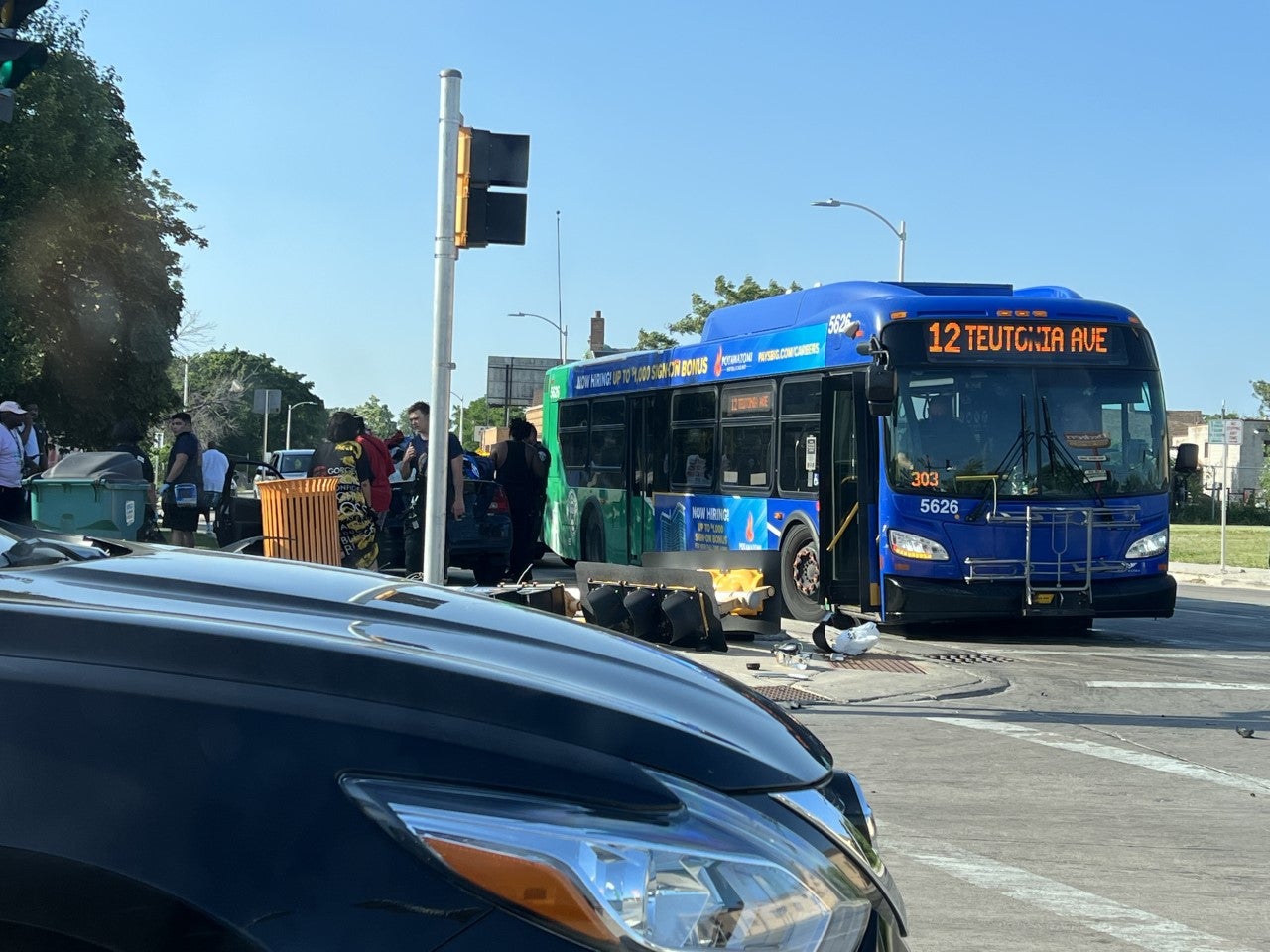
Milwaukee has been working to build more protected bike lanes, redesigning streets and placing more curb extensions throughout the city. The federal funding could also be used for traffic circles and pedestrian islands. Amsden said a communications plan will be implemented to alert residents of what the city is doing to make the streets safer.
In Madison, Callaway said the city saw a spike in crashes involving higher speeds shortly after the start of the COVID-19 pandemic. Studies have shown that more drivers have been engaging in risky behavior since that time.
“We have since seen a reduction in that (reckless driving) but it’s definitely something that we hear a lot from citizens,” Callaway said.
Callaway said Madison has been a Vision Zero city since 2020, working to eliminate fatal crashes across the city.
“I feel like this is just more of what we’re already doing to make our streets safer, but this will allow us to implement it much faster,” she said about the federal funding.
Madison will use the money to build a sidewalk and path along a portion of a busy highway on E. Washington Ave., according to a release from the city. The city has already identified 21 intersections near transit stops and six shared-use path crossings to make improvements to as well.
Callaway said improving street lighting, adding curb extensions and increasing flashing lights to remind people when they’re speeding will be part of the work. Another effort includes raised pedestrian crossings.
“So it makes it more noticeable, and it provides a little hump that naturally would slow a driver down as well at that crossing,” she said.
Where else the money is going
- The City of Sheboygan received $200,000 for a study of heavily traveled corridors.
- Portage County received $200,000 to develop a comprehensive safety action plan and update the County’s Bicycle and Pedestrian Plan.
- The City of River Falls received $200,000 to develop a comprehensive safety action plan.
- Chippewa County received $200,000 to develop a comprehensive safety action plan.
- The City of West Bend received $197,600 to conduct supplemental planning activities including update the City’s Safety Action Plan.
- The Menominee Indian Tribe of Wisconsin received $54,990 to conduct demonstration activities to test strategies in response to excessive speeding.
Wisconsin Public Radio, © Copyright 2026, Board of Regents of the University of Wisconsin System and Wisconsin Educational Communications Board.
